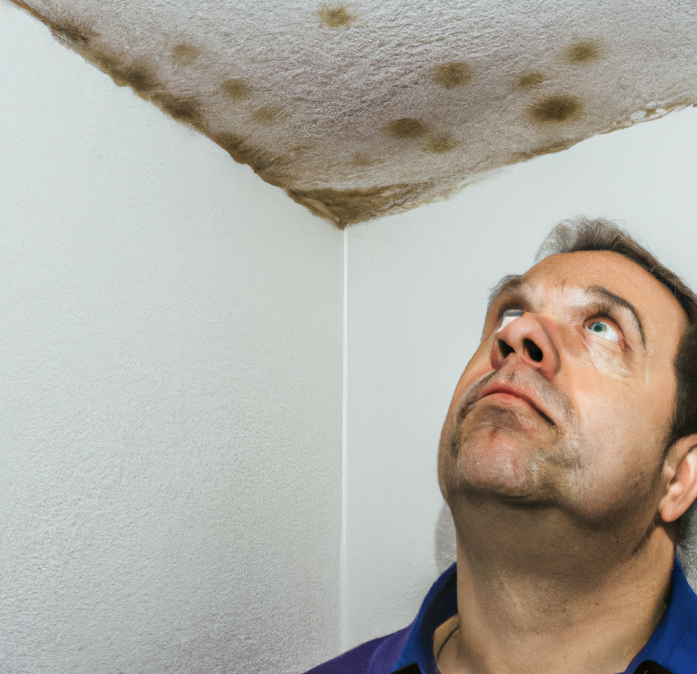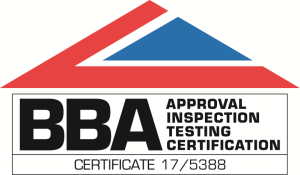Rising damp is caused by barometric pressure resulting in capillary action within brickwork that forces ground water to rise upwards.
There are those that claim that rising damp isn’t a real phenomenon, but it does exist. It is however rare.Most diagnoses of rising damp are actually misdiagnoses, in that the problem is often poor air circulation causing condensation, or faulty pipework, either internally or externally.Many, but not all, older buildings had a ‘damp course’ built into the lower brickwork to prevent rising damp. The damp course consists of a layer of impervious material, sometimes glazed brick, sometimes slate, latterly polythene, which inhibits ground water rise.In older buildings where a damp course has not been installed, there are various modern chemical treatments that can help rectify rising damp.
Any damp found above the one metre level is not rising damp, as one metre is the extent to which water will rise under barometric pressure.
Why is it only U.K property that gets rising damp ?
It’s more or less universal, with more of a problem in highly humid places than very dry places and a bit dependent on height of the water table.I live in Laos, a tropical country on the Mekong, and where I live the water table is high — meaning if you dig a well you soon strike water. Traditionally, houses are built on stilts, which avoids the problem. I have four houses here and all experience the problem.
In the UK, it’s usual to have a ‘damp-course’ which limits the rise — although I remember living in a Victorian house where mushrooms grew on the walls.
In Laos I have a shophouse built in the 1920s during French times, right on the ground — so customers can just walk in from the street. There it’s a problem, with flaking walls up to one metre high. But it is cooler on the ground floor — some compensation — in the UK it would be colder. The French did not introduce damp courses and I have never seen one here, but I have certainly seen damp. My other three houses are ‘on the ground’ and have no damp course. But all are built in such a way that the ground floor is raised over a metre above the ground, above ventilated open space. This is quite usual throughout the tropics — typically 3 steps up to a bungalow. We also pay attention to directing water (heavy rains) away from the house foundations by eves, verandahs and good guttering.But the UK, for all its exceptionalism, is not alone in this problem.
Why is it only U.K property that gets rising damp ?
Why is it that only the U.K gets rising Damp ? In actuality, damp affects property throughout Europe. Damp proofing is a crucial aspect of construction and building maintenance in mainland Europe. This is particularly important in areas that experience high rainfall or humidity, as dampness can lead to structural damage, health issues, and decreased indoor air quality. In mainland Europe, damp proofing is primarily achieved through the installation of a damp-proof course (DPC) in buildings. A DPC is a barrier that is inserted into a building’s walls, floors, or foundations to prevent moisture from rising up through the structure. The materials used for DPCs can vary, but common options include asphalt, plastic, and bitumen. Damp proofing is particularly important in Germany, where building codes are strict and require buildings to be built to high standards. This includes damp proofing, which is considered essential to maintaining the structural integrity of a building. In fact, German building codes require that all buildings have a DPC installed at least 15 cm above ground level. In France, damp proofing is also important, particularly in older buildings that were constructed without proper waterproofing measures. In these cases, it is common for builders to install a retrofit DPC to prevent moisture from penetrating the walls.
Answered 14th June 2022






